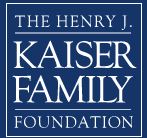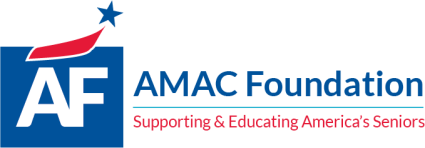What Are the Primary Medicaid Eligibility Pathways for Dual-Eligible Individuals?
(By Alice Burns, Maria T. Peña, Maiss Mohamed, Meredith Freed, and Molly O’Malley Watts for The Kaiser Family Foundation Published: Oct 22, 2024)
In 2021, 1 in 5 Medicare beneficiaries or 13.1 million people, known as “dual-eligible individuals,” had both Medicare and Medicaid coverage. Eligibility for Medicare, which is the primary source of coverage for dual-eligible individuals, is based on their age or disability status. For most dual-eligible individuals, there are two pathways to Medicaid eligibility: one is through Medicaid eligibility pathways for seniors and people with disabilities and the other is through the Medicare Savings Programs. These eligibility pathways confer different benefits. The Medicaid eligibility pathways provide coverage of Medicaid benefits that are not otherwise covered by Medicare including long-term services and supports (LTSS), vision, and dental care. The Medicare Savings Programs cover Medicare premiums and often, cost sharing, but not Medicaid benefits. Medicare beneficiaries who are only eligible for Medicaid through the Medicare Savings Programs are “partial-benefit” dual-eligible individuals because they only receive coverage of Medicare premiums and often, cost sharing. To be a “full-benefit” dual-eligible individual, Medicare beneficiaries must be enrolled in Medicaid through a Medicaid eligibility pathway beyond the Medicare Savings Programs. (Most full-benefit dual-eligible individuals are eligible for both.) Continue reading here…

Notice: The link provided above connects readers to the full content of the posted article. The URL (internet address) for this link is valid on the posted date; medicarereport.org cannot guarantee the duration of the link’s validity. Also, the opinions expressed in these postings are the viewpoints of the original source and are not explicitly endorsed by AMAC, Inc.; the AMAC Foundation, Inc.; or medicarereport.org.
